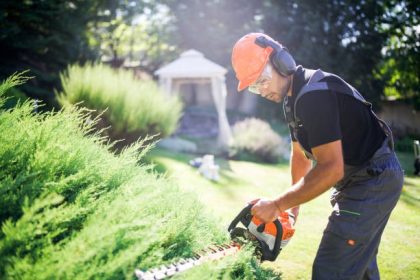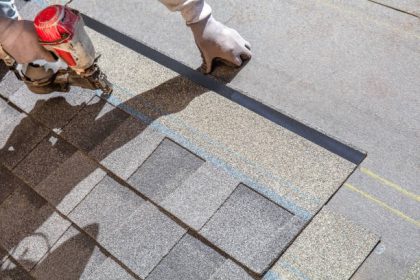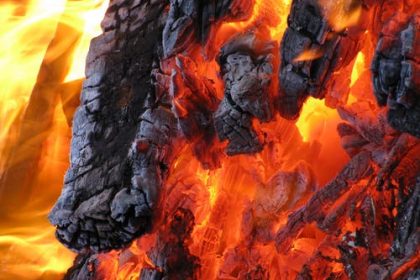The first line of defensive guard that impacts a storm is your roof. It protects you from rain, wind, and debris by keeping you dry. During storm season, it’s critical to prepare your roof to keep your house and family safe. A tropical storm or hurricane can’t be stopped, but you can take precautions now to safeguard yourself and your family.
In addition, when a storm is approaching, homes must be on high alert. The roof is exceptionally susceptible because it is the first line of protection against rain, hail, and wind.
Hurricane Season Roofing Tips
Roof inspections should be made twice a year. Preferably, plan your roof check far ahead of hurricane season. As actual storms approach, now is the time to prepare your roof for the elements. A skilled home repair service provider will inspect your roof from top to bottom. Here are the suggestions for roofing preparation.
1. Assess Your Insurance Coverage
Stay ahead of the chaos. One method is to review your insurance coverage before a disaster. In addition to drafting and keeping warranties, insurance policies, images of your house, and contact information. If you have time, check your insurance for coverage gaps. You should feel secure knowing you are completely insured in the event of a storm.
When making an insurance claim after a storm, you must have recorded documentation of the damage. That involves having before and after photos of your home. Your claim is more likely to be granted if you can establish storm damage. You can look for an online blog article that shows the importance of roof maintenance and restoration.
2. Obtain a Roof Evaluation
A roof check is necessary while preparing for a storm, like examining your insurance policy. When it comes to assessment of strengths and weaknesses of roofs, our roofing professionals have years of expertise and understanding. This knowledge will assist you in adequately preparing yourself and your house.
Your roof will be inspected from top to bottom by a roof restoration Dundas professional. They’ll look for tears or degradation in the membrane and ensure that any flashing and waterproofing materials are correctly fixed. They’ll inspect for leaks and punctures and ensure that any equipment is securely secured and that your gutters are clean.
3. Trim Overhanging Trees Near Your House
If a tree struck your house, the results might be disastrous. When the storm makes landfall, taking precautionary measures to remove this likelihood will offer you more peace of mind.
The initial step is to look over your property’s branches and trees. Do this in May or June, just before hurricane season begins. Tree branches should not be close to your home as a general rule. You can read an article about roof restoration and repair online.
4. Replace Missing or Damaged Cladding
The importance of maintaining a clean and clear roof goes beyond aesthetics. Debris removal may aid in the detection of missing or deteriorated shingles. A shingle should be changed if it is discolored, curled, or absent granules, regardless of the level of degradation.
Damage to your roof and beneath it might be caused by missing or broken shingles. Rain or snow will infiltrate the crevices that the shingles would usually hide during a storm. You will most certainly discover rot, mildew, and mold in your attic if enough precipitation reaches your property for a prolonged period.
5. Gutter & Downspout Cleaning
While you’re up on your roof looking for shingles, take advantage of the chance to clean out your gutters and drains. Standing water will not develop on your top if there are free-flowing streams. Otherwise, the backed-up water might seep into your property via cracks or holes.





